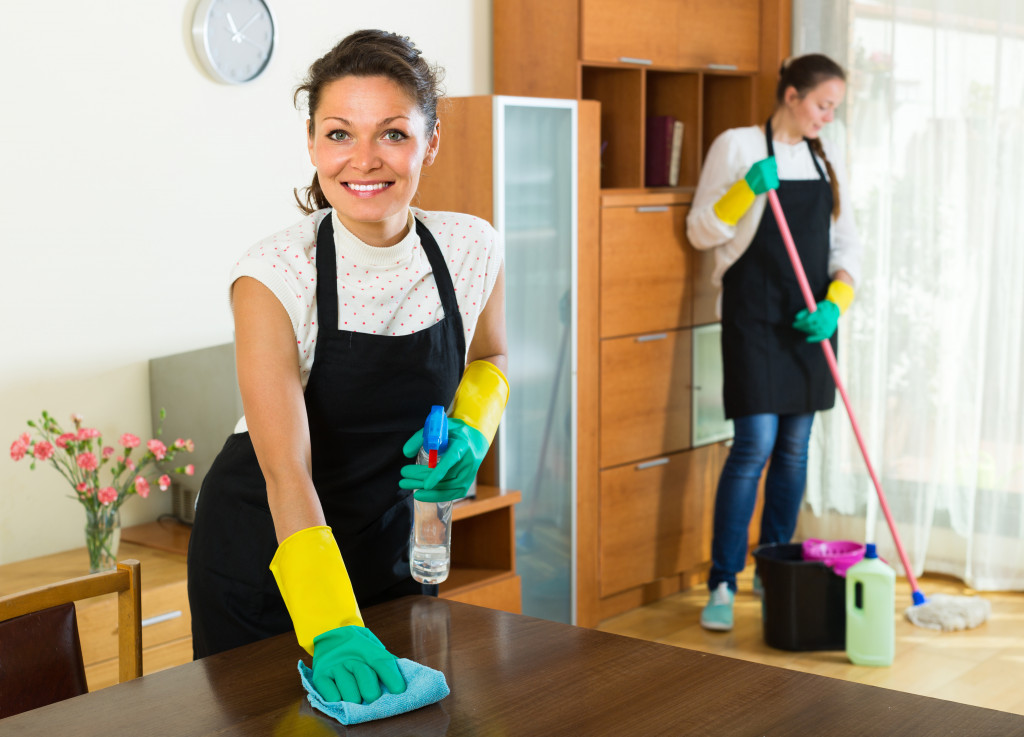It’s no secret that the air inside our homes can be much more polluted than outside. In fact, according to the Environmental Protection Agency, indoor air can be up to five times more polluted than outdoor air! This is especially problematic because we spend so much time indoors – on average, Americans spend about 90% of their time indoors.

So what’s causing all this pollution, and more importantly, what can we do about it?
- Your house may be infested with cigarette smoke.
- Your house may be making you sick from the paint.
- If your house has carpet, it can produce highly carcinogenic formaldehyde.
- Your furniture might be making you sick.
- Beware of mold and mildew growth.
- House dust mites are a common allergen, and their droppings can aggravate asthma and allergies.
- Household pets can also be a source of indoor air pollution, especially if they’re not kept clean.
- Conclusion
Your house may be infested with cigarette smoke.
Tobacco smoke is a major source of indoor air pollution. It’s been found that secondhand smoke can be up to 25 times more harmful than outdoor air! If you or someone in your household smokes, you’re likely to be exposed to high levels of harmful toxins, including nicotine, carbon monoxide, and carcinogens.
It’s important to reduce your exposure to secondhand smoke, such as smoking outside or using smoke-free products. If you can’t quit smoking, try to limit your exposure to tobacco smoke.
Your house may be making you sick from the paint.
Many paints and coatings used in homes today contain volatile organic compounds (VOCs), which are known to cause health problems such as respiratory problems, headaches, and fatigue. VOCs can be released into the air for months or even years after the paint has been applied, so it’s important to choose paints that are low in VOCs.
You can also take steps to reduce your exposure to VOCs by opening windows often, using fans, and installing an air purifier. If you’re still feeling sick, it might be time to consider painting your house with non-toxic paint.
If your house has carpet, it can produce highly carcinogenic formaldehyde.
Carpets can also release harmful toxins into the air, such as formaldehyde. Formaldehyde is a known carcinogen, meaning it can cause cancer. It’s important to choose carpets that are low in formaldehyde. You can also take steps to reduce your exposure to this toxin by opening windows often, using fans, and installing an air purifier.
After three days, if you’re still feeling unwell, it’s probably time to replace your carpets with hard floorings, such as wood or tile.
Your furniture might be making you sick.
Some types of furniture, such as particleboard and pressed wood, can release harmful toxins into the air. These toxins, known as formaldehyde and benzene, can cause respiratory problems, headaches, and fatigue.
You can reduce your exposure to these toxins by choosing furniture made from natural materials, such as solid wood or bamboo. You can also take steps to increase air circulation in your home by opening windows often and using fans. If you’re still feeling sick, it might be time to consider replacing your furniture.
Beware of mold and mildew growth.
Mold and mildew can grow in any environment that is warm and moist, such as bathrooms and kitchens. Mold and mildew can cause several health problems, including respiratory problems, headaches, and fatigue.
You can reduce your exposure to mold and mildew by opening windows often, using fans, and installing an air purifier. If you’re still feeling sick, it might be time to have mildew or mold testing done by a professional.
House dust mites are a common allergen, and their droppings can aggravate asthma and allergies.
House dust mites are a common allergen, and their droppings can aggravate asthma and allergies. These tiny creatures thrive in warm, moist environments, so they often congregate in bathrooms and kitchens. They can also be found in mattresses, pillows, and upholstered furniture.
House dust mites are a leading cause of asthma and allergy symptoms, so it’s important to reduce your exposure to them. You can reduce your exposure by opening windows often, using fans, and installing an air purifier. If you’re still feeling sick, it might be time to consider replacing your mattress, pillows, and/or upholstered furniture.
Household pets can also be a source of indoor air pollution, especially if they’re not kept clean.
Many people enjoy the companionship of a pet, but sometimes pets can be a source of indoor air pollution. Pets can be a leading cause of asthma and allergy symptoms, and their fur can also be a source of dust and dander. Pets can also be a source of mold and mildew if they’re not kept clean.
You can reduce exposure to these toxins by keeping your pets clean and well-groomed. You can also take steps to increase air circulation in your home by opening windows often and using fans.
Conclusion
In summary, your house might be making you sick. If this is the case for you and you want to learn more about what can make you feel better or stay healthy in a home that’spolluted by chemicals, it may be time to think about moving into a new house. We’re here every step of the way if you have

